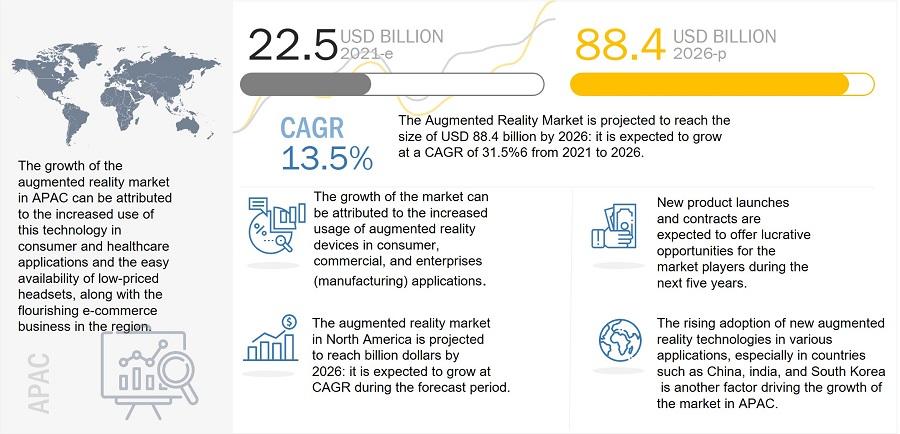In a world where technology is constantly evolving and reshaping industries, one innovation stands out as a game-changer for retail: augmented reality. This cutting-edge technology is not just a buzzword; it is revolutionizing the way consumers shop and interact with brands. From virtual fitting rooms to interactive displays, augmented reality is transforming the retail experience in ways we never thought possible. Join us as we delve into the fascinating world of how augmented reality is reshaping the retail landscape.
The Rise of Augmented Reality in Retail
Augmented reality (AR) technology has been making waves in the retail industry, transforming the way customers shop and interact with products. By overlaying digital information onto the physical world, AR enhances the shopping experience by providing customers with interactive, engaging, and personalized content.
With AR, customers can visualize products in their own space before making a purchase, try out virtual fitting rooms, and even receive personalized recommendations based on their preferences. This technology not only creates a more immersive shopping experience but also helps retailers boost sales, reduce returns, and increase customer satisfaction. As AR continues to evolve, it is clear that it is revolutionizing the retail industry in ways we never thought possible.

Enhancing Customer Experience Through AR Technology
Augmented Reality (AR) technology has completely transformed the retail industry, offering consumers a truly immersive and interactive shopping experience. Through the use of AR, customers can now try on virtual clothes, test out different products in their own homes, and even receive personalized recommendations based on their preferences.
One of the key advantages of AR technology in retail is its ability to bridge the gap between the digital and physical worlds. With AR, retailers can create virtual showrooms, allowing customers to browse products in a 3D environment. This not only enhances the overall shopping experience but also helps customers make more informed purchasing decisions. By leveraging AR technology, retailers can provide a more engaging and personalized experience for their customers, ultimately leading to increased sales and customer satisfaction.

Driving Sales and Revenue Growth with AR Integration
With the integration of augmented reality (AR) technology in the retail industry, businesses are experiencing a significant boost in sales and revenue growth. By incorporating AR features into their online and in-store shopping experiences, retailers are able to offer customers a more immersive and interactive shopping experience. This technology allows customers to visualize products in their own space through their devices, making it easier for them to make purchasing decisions. Additionally, AR enhances customer engagement by providing personalized recommendations and product information, ultimately driving sales and revenue growth.
Furthermore, AR integration in the retail industry enables businesses to stand out from competitors and create a unique brand identity. By offering innovative AR features such as virtual try-ons, interactive product demos, and gamified shopping experiences, retailers can attract and retain customers more effectively. This technology not only enhances the overall shopping experience but also helps businesses increase customer loyalty and generate repeat purchases. As the retail landscape continues to evolve, embracing AR technology is becoming increasingly essential for driving sales and revenue growth in the industry.

Implementing AR Strategies for Long-term Success
One of the key ways in which augmented reality (AR) is transforming the retail industry is through enhancing the overall shopping experience for customers. By utilizing AR technology, retailers can provide interactive product displays, virtual try-on features, and immersive experiences that bridge the gap between the digital and physical retail worlds. This not only helps to engage customers on a deeper level but also allows them to make more informed purchasing decisions.
Another significant benefit of implementing AR strategies in the retail sector is the ability to gather valuable data and insights about customer behavior and preferences. Through AR-powered analytics, retailers can track how customers interact with virtual displays, which products they try on virtually, and even how long they spend exploring different AR features. This data can then be used to tailor marketing strategies, optimize product placements, and personalize the overall shopping experience to drive long-term success and customer loyalty.
The Way Forward
In conclusion, augmented reality is transforming the retail industry by enhancing shopping experiences and boosting customer engagement. From virtual try-on sessions to immersive product demonstrations, the possibilities are endless. As retailers continue to adopt this groundbreaking technology, we can expect to see a more personalized and interactive shopping experience for consumers. The future of retail is here, and augmented reality is leading the way. Embrace the revolution and get ready to step into a world where shopping knows no bounds.

